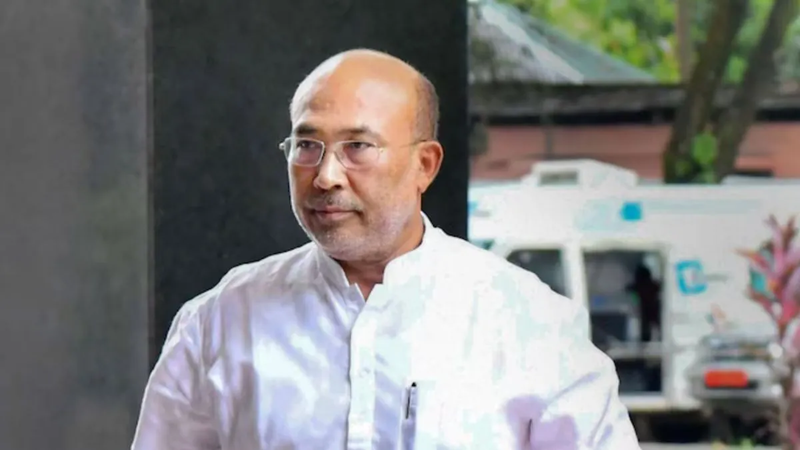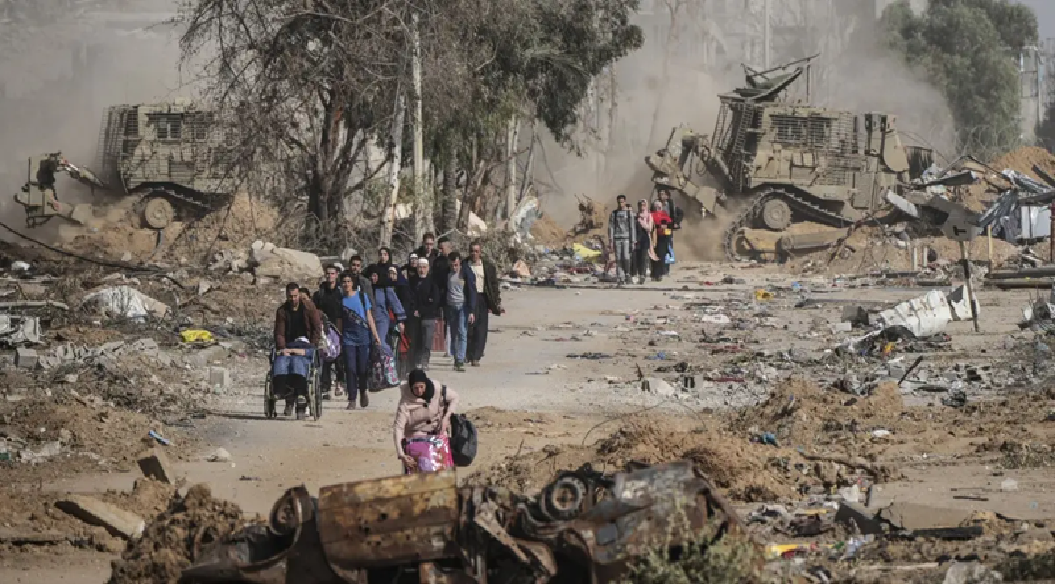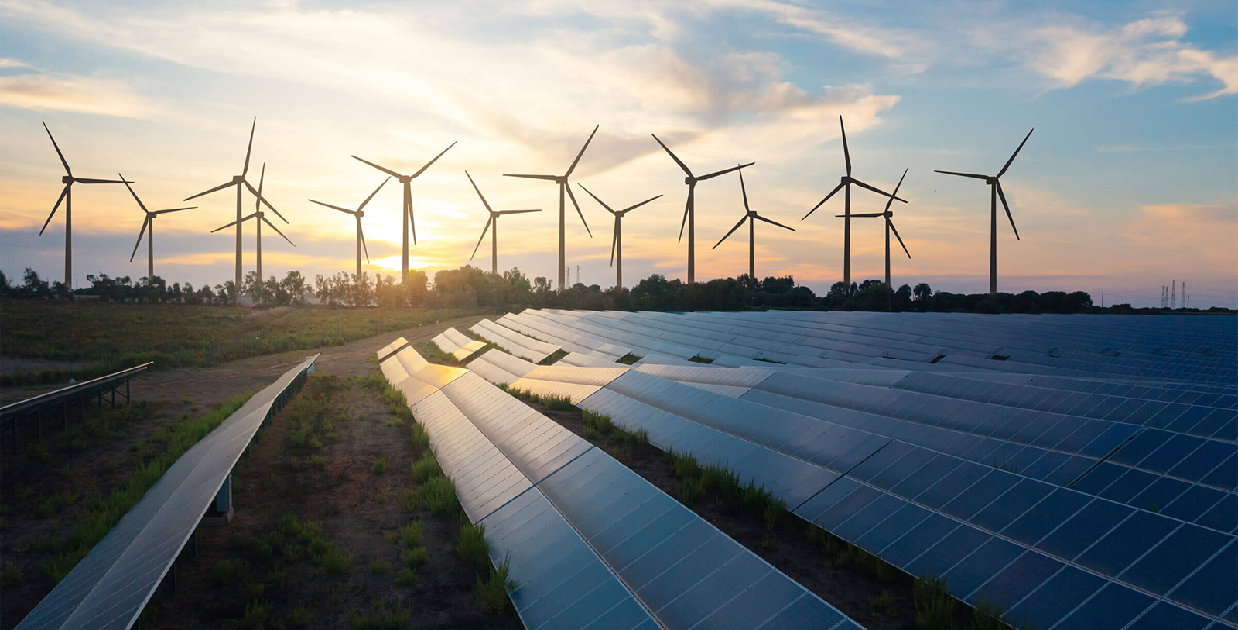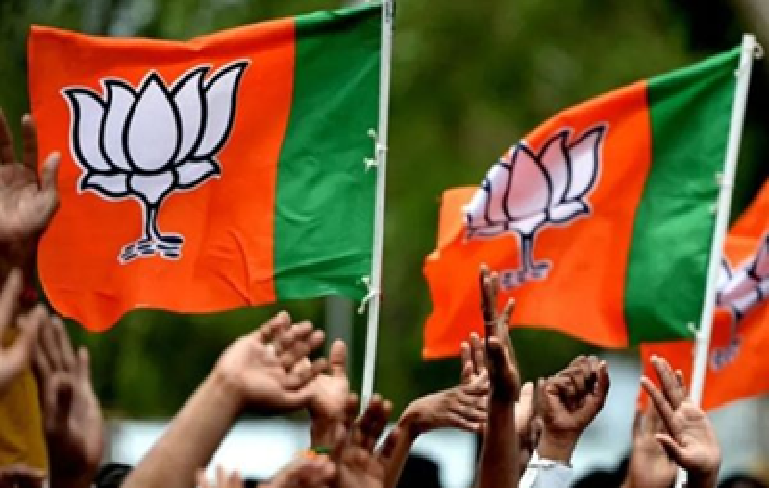
Food for every Indian: Still a myth?
There is shocking news coming in from the food front as far as India is concerned. The nation tops the list of countries with the highest childwasting rate in the world, at 18.7 per cent, reflecting acute undernutrition, according to the Global Hunger Index (GHI) 2023 released recently by a nonprofit concern.
With an overall score of 28.7 in the index, India has a level of hunger that is serious, according to the report. The GHI score is calculated on a 100-point scale reflecting the severity of hunger –with 0 the best score (implies no hunger) and 100 the worst.
The country ranks at an uncomfortable 111th out of 125 countries in the index which should be enough to make our policy makers sit up and take note of the fact that despite a huge food grain surplus, people and more so kids are not getting enough to eat.
What is also troubling is that India’s neighbours like Pakistan (102nd), Bangladesh (81st), Nepal (69th) and Sri Lanka (60th) have fared better than us in the index. And hunger levels are increasing considering that the nation ranked better at 107th out of 121 countries in 2022.
South Asia and Africa are the world regions with the highest hunger levels. There is no doubt that the Covid pandemic has worsened the situation with the number of undernourished climbing from 572 million to about 735 million this year.
But the hard reality which should make all of us extremely worried is that our kids are not getting enough to eat. The child wasting rate refers to the share of children under five years who have low weight compared to their height.
This is happening because the food they are served hardly measures up to proper nourishment levels leaving them acutely undernourished. The report also said that the prevalence of anaemia in women aged between 15 and 24 years stood at an astounding 58.1 per cent.
Can a nation which is unable to feed its teeming millions and more so its young population adequately, ever call itself developed? Our Gross Domestic Product (GDP) and foreign exchange reserves may be galloping despite the occasional hiccup but what about social equity which ensures a nourishing, fullsome meal three times a day to every Indian, kid or adult?
Leave the confines of the cities and towns and travel into the real heart of India-into the rural population and you realise how far we have to go before reaching any semblance of a developed country.
There are kids who have not had a bath for days, maybe because of the perennial water shortage, there are those with their bones sticking out of their little chests for food is confined to a couple of dry rotis a day.
And when life for their parents is all about earning a few rupees to make both ends meet and keep starvation at the door, who would dare to discuss nutrition levels with these hapless people?
Governments with pro-rich and pro-business policies will no doubt be able to keep the key indices of the economy at gratifying levels which would make any economist happy.
But those who hold the reins of power would be better off realising sooner than later that the huge majority are still living from day to day with little hope of a safe and secure livelihood. The late US President John Kennedy said that the war against hunger is truly mankind’s war of liberation.
And that war has hardly been won while other wars - for cause right or wrong - are raging across the globe killing thousands. It’s time for every right-thinking individual to readjust his sights and make sure humankind does not lose sight of its fundamental priorities in the mad rush for wealth and power.
 English daily published in Bengaluru & Doha
English daily published in Bengaluru & Doha






